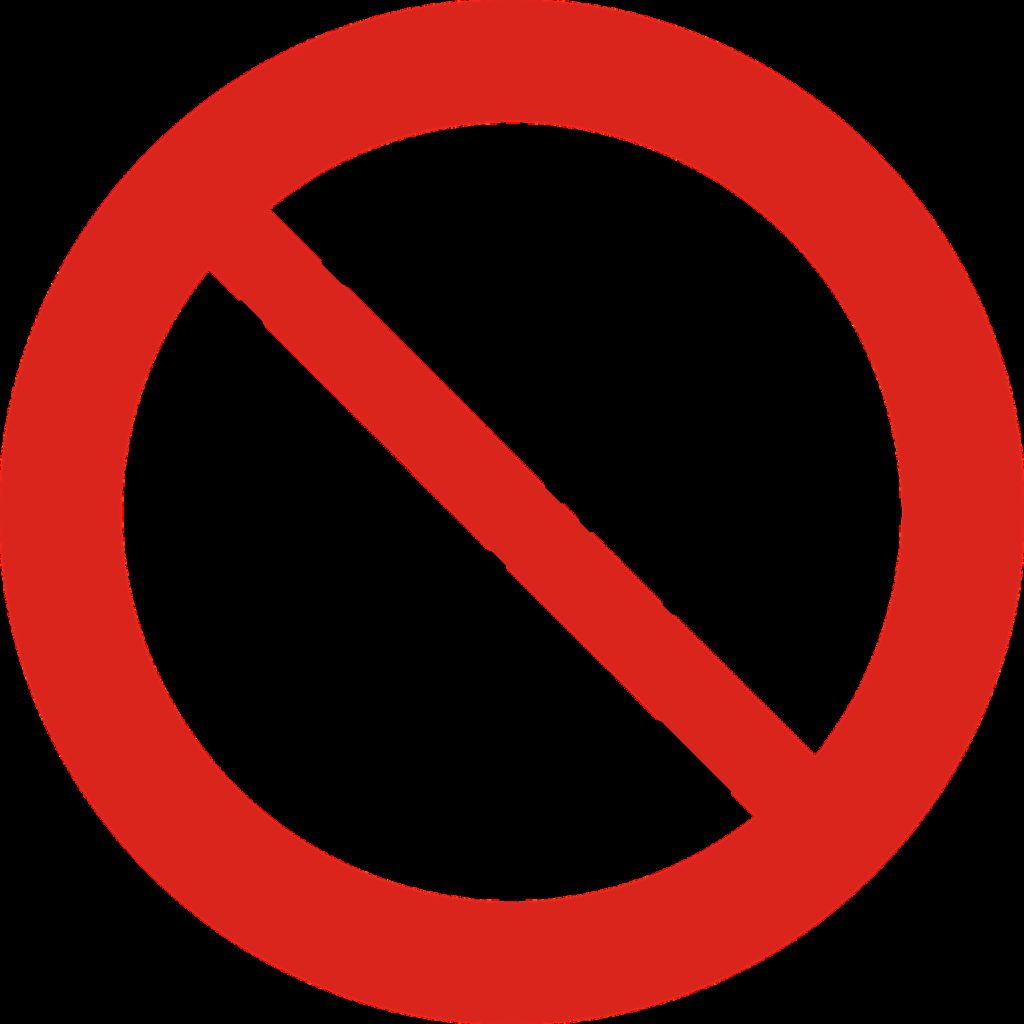USA;
A Wine Guide
The USA is considered one of the world leaders of wine; with American wine ranking fourth amongst wine-producing countries. With more than 780 million gallons of wine consumed in the USA each year, American wine continues to push boundaries and challenge the old world’s view in refreshing and exciting ways.
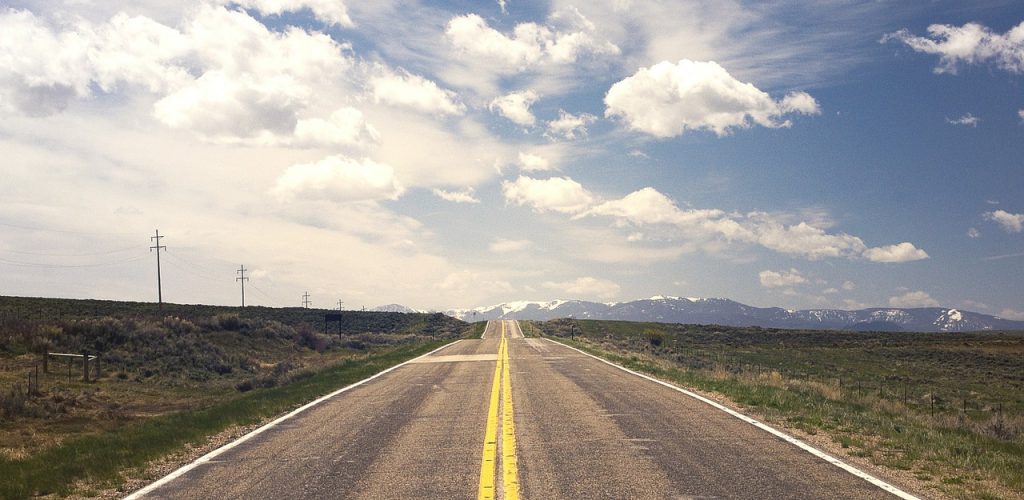
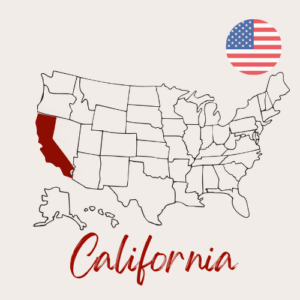
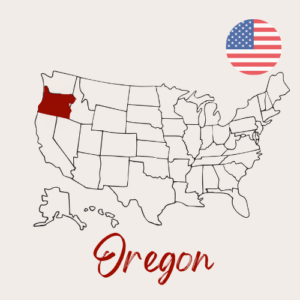
So why is American wine so famous?
In just 50 short years, American wine has risen sharply to international acclaim. The rolling vineyards of Napa and the rest of California have become synonymous with rich, buttery Chardonnays. Its neighbour to the Northwest, with delicate and complex Pinot Noir.
American wine is truly amongst the best in the world. As the fourth largest wine producing country in the world, wine from the USA, often sets a high bar for quality and acclaim. Interestingly, nearly every single US state produces some form of wine, from the well-known regions like California and New York State to places such as Texas and Virginia.
What was the ‘Judgment of Paris’?
The ‘Judgment of Paris’, or the Paris Wine Tasting of 1976, is a significant historical event that put American wine firmly on the map. In 1976, a wine tasting session was organised by prominent British wine merchant, Steven Spurrier, in which French judges blind tasted wines from both California and France. They tasted Chardonnays, as well as Bordeaux Cabernet Sauvignon dominant blends and Cabernet Sauvignons from California. American wines won in both categories.
This was a huge surprise as up until that point, American wines weren’t considered to have the same standing on the world wine stage as French wines. Chateau Montelena won in the white wine category, and Stag’s Leap Wine Cellars in the red.

The History of American wine
East Coast
The history of American wine is as complex and fascinating as American history itself. With the USA being the fourth largest wine producer in the world, it has come a long way since the very first vines were planted in the 1600s. Although these plantings were largely unsuccessful, it didn’t stop presidents like Thomas Jefferson also trying to cultivate wine on American soil.
On the east coast, immigrants continued to settle in the USA; driven by the American dream and escaping from persecution all over the world. Despite several attempts from European immigrants to cultivate the quality-driven wines they would have drunk in their homelands, nearly all vines still died out due to pests (including Phylloxera).
Scientific settlers discovered that a successful way to grow grapes was to cross native grapes with European types. Thus creating specific hybrids that could develop. By the 1860s, New York and Virginia were producing their own wines – although the quality was often varying.
Today, both New York, Virginia and other east coast states are making acclaimed wines. Although export to the UK, Australia and other areas of the USA aren’t particularly large.
West Coast
Over on the west coast, the origins of wine are deeply intwined with religion. In 1769, the first vineyard was officially established in California. This followed a rich history of singular grape cultivation. This grape, listán prieto, would come to be known as ‘mission’ as its plantation often followed the missionaries as they moved up from Baja California to Alta California in the early 1700s.
The infamous Gold Rush nearly 150 years later bought opportunists from the east coast and all over Europe as they sought a new life for themselves. These Europeans bought viticulture and winemaking practices that put California on the map. With immigrants such as Agoston Haraszthy founding Sonoma’s Beuna Vista Winery in 1857. Which has since adopted the acclaim of being the USA’s oldest operating winery.
By the 1960s, the Californian wine industry was in embalmed in mystery. Wineries were making incredible wines that weren’t being acknowledged worldwide. Of course, this all changed in 1976, after the ‘Judgment of Paris’ changed the perception of American wine for ever more. Californian wine is now in every wine list and wine bar all over the world. With California alone producing more than 90 per cent of all American wines.
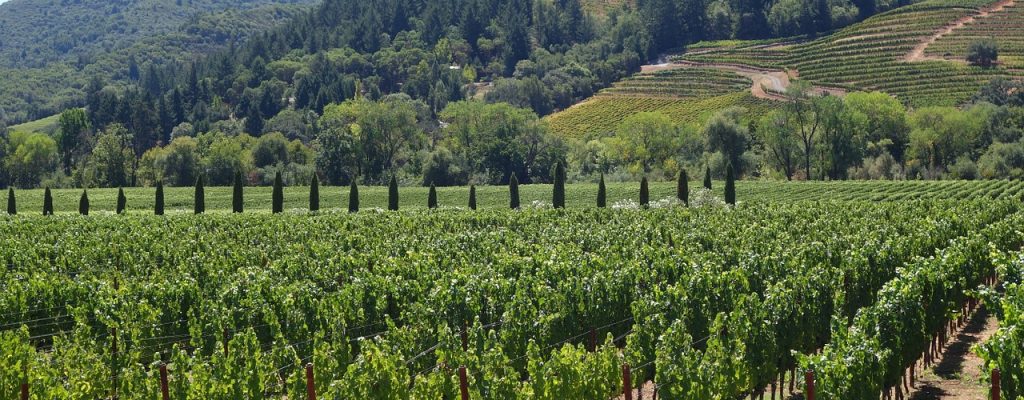
What about the prohibition?
The history of American wine wouldn’t be complete without examining the history of the prohibition era. In 1920, following the lobbying of several religious factions, the 18th amendment was passed by the House of Representatives and the Senate – with a solid majority. This outlawed the sale and consumption of alcohol under the Volstead Act.
Almost overnight the wine industry suffered. After so many European immigrants had established budding wineries and wine making practices all over Europe. Many were forced to make middling kosher wine, or wine for the priesthood.
Interestingly, amateur winemaking rose significantly in line with the fact that under the law, you were able to 200 gallons of fruit juices – including grape juice.
Speakeasy culture meant drinking alcohol went underground – both literally and metaphorically. With an estimated 30,000 to 100,000 speakeasy bars popping up all over New York City. Often serving home-brewed hard liquors – or liquors imported by criminal gangs.
